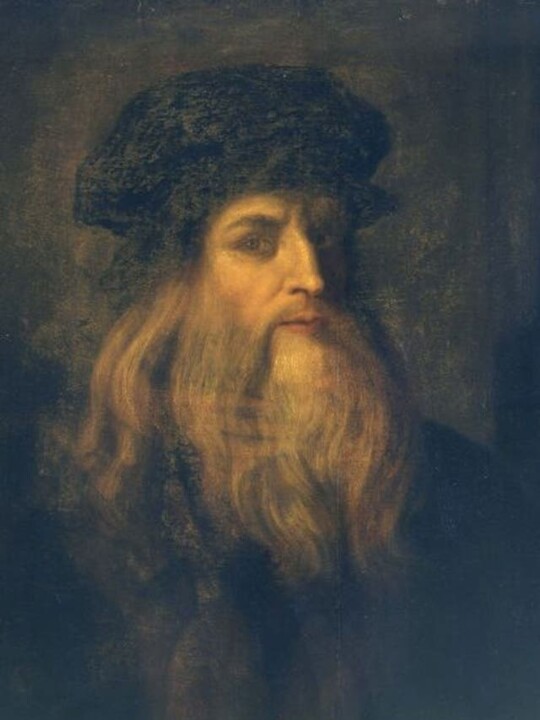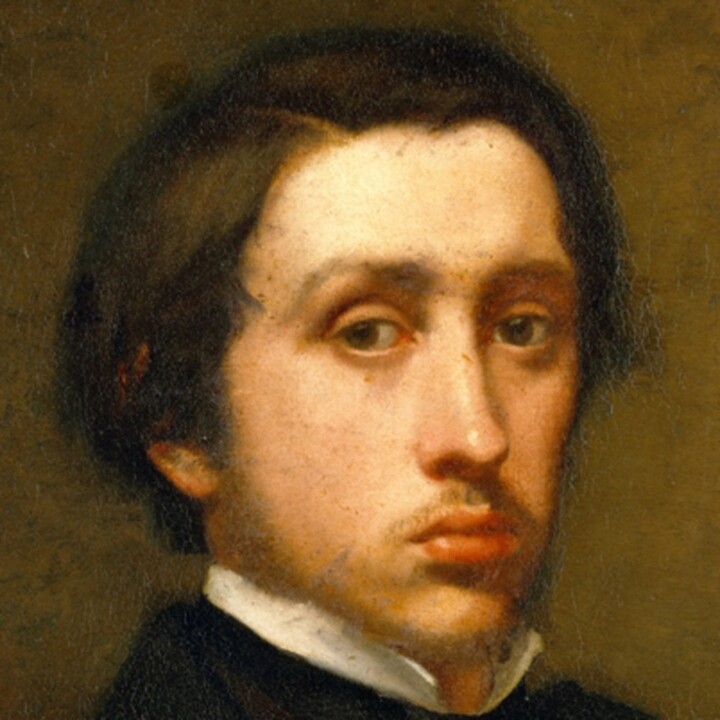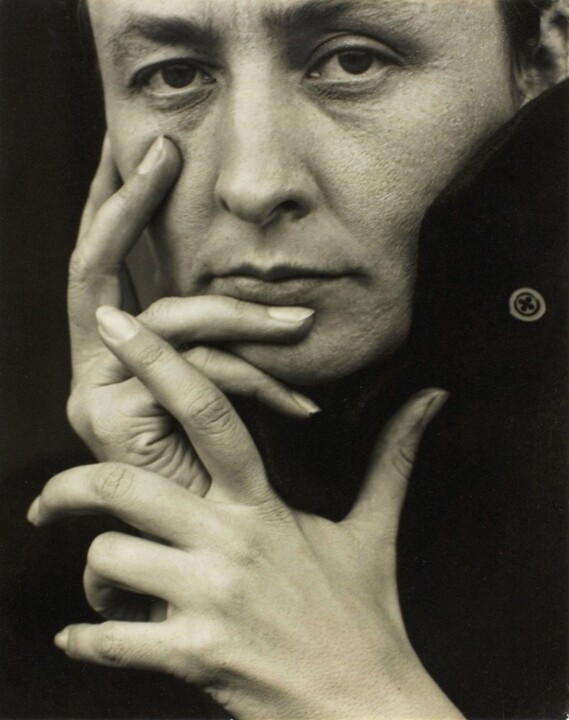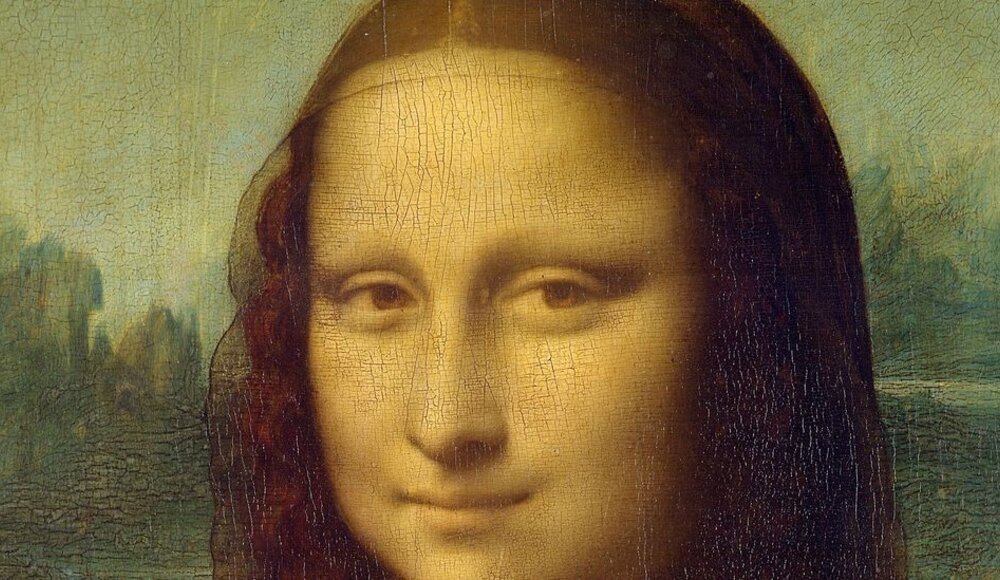Was Leonardo Da Vinci’s genius helped by a vision disorder? That is certainly what new research suggests.
 Leonardo da Vinci, approximately 1500, self-portrait (Rex Features)
Leonardo da Vinci, approximately 1500, self-portrait (Rex Features)
Leonardo Da Vinci's squint assisted him in the production of masterpieces such as the Mona Lisa.
Is it possible that Leonardo Da Vinci's creativity was aided by a visual disorder? That is unquestionably what recent study suggests. An examination of the Renaissance painter's face in paintings, sketches, and sculptures indicated that he may have had a squint, also known medically as strabismus.
Da Vinci is said to have had intermittent exotropia, a disease that causes one or both eyes to tilt outward and affects around one in every 200 individuals. Researchers believe the condition may have aided him since it would have allowed him to switch to monocular vision, in which both eyes are utilized independently, and focus on close-up flat surfaces.
“It's difficult to say which eye was impacted by the paintings,” says visual neuroscientist Professor Christopher Tyler. “However, it would have been very beneficial for making the entire scene geometrically correct.”
His investigation, which was published in JAMA Opthalmology, saw him scrutinize surviving Da Vinci pictures - of which there are very few. They included the Vitruvian Man drawing and the bronze sculpture David, which is said to be a portrait of Leonardo da Vinci as a young man.
The eye misalignment was measurable in all cases, albeit not severe, and averaged -10.3 degrees departure from the focused eye over the six components. The negative number indicates that the eye would normally glance outwards (exotropia), and Professor Tyler contends that Da Vinci's strabismus was non-existent when focused hard on an item, but would appear when he relaxed into painting, giving him the best of both worlds.
“The weight of evidence shows that Da Vinci had intermittent exotropia, with the capacity to switch to monocular vision as a result,” he added. “This might explain his extraordinary ability to represent the three-dimensional solidity of faces and objects in the environment, as well as the vast depth recession of mountainous scenes.”
Multiple studies, most notably those of Dr Michael Marmor, author of many books on the subject, have been published over the last four or five decades assessing how eye problems have altered the work of great artists in their latter days.
Here are some of the most well-known artists whose work was influenced by their vision problems
Edgar Degas
 Hilaire Germain Edgar Degas
Hilaire Germain Edgar Degas
From 1860 until 1910, Degas's vision deteriorated, and his style became progressively harsh as his eye condition worsened. Dr. Marmor decided in 2006 that his center vision, where sharpness is greatest, had deteriorated in his latter years. His painting technique became coarser as it became blurrier, losing the elegance of his earlier work. Mamor felt that Degas's latter work appeared smoother and more natural to him than to viewers with healthy eyes because it was filtered through his own visual illness.
Rembrandt
 Rembrandt's Self-Portrait, 1660 (New York Metropolitan Museum of Art)
Rembrandt's Self-Portrait, 1660 (New York Metropolitan Museum of Art)
In 2004, neuroscientists Margaret S Livingstone and Bevil R Conway, both then-students at Harvard Medical School, noticed that the 17th-century Dutch painter's eyes were frequently misaligned in his self-portraits, with one seeming to stare straight at the spectator and the other out to the side.
Livingstone and Conway hypothesized that, if Rembrandt painted himself with exacting realism, he had poor stereovision – which might have been helpful because he would have struggled to discern depth with stereoscopic signals. Stereo blindness, or the inability to exploit the horizontal shift between our eyes to perceive in three dimensions, can help painters paint in two dimensions.
Monet

Claude Monet, the French impressionist, had cataracts.
In 1914, Claude Monet expressed his growing dissatisfaction with his deteriorating vision, observing that colors no longer had the same intensity. “Reds were starting to appear muddy,” he wrote. “My picture was becoming darker and darker.” Monet was able to revert to his previous painting technique after receiving cataract surgery in 1923, and even threw aside much of the artwork he had created during the 10-year period when he suffered from eye illness.
Georgia O'Keeffe
 Georgia O'Keeffe
Georgia O'Keeffe
The famous twentieth-century American painter was most known for her paintings of flowers, animal skeletons, and southern landscapes. O'Keeffe finished her final unaided oil painting in 1972 while suffering from macular degeneration, a medical ailment that causes impaired or no vision from the center of the visual field. Her declining eyesight, however, did not dampen her desire to produce art. O'Keeffe returned to art when she was nearly blind, with the aid of numerous helpers, and produced favorite visual motifs from memory and her brilliant imagination.
“I can see what I want to paint, the thing that inspires you to create is still present”, the then-90-year-old said in 1977.


 Selena Mattei
Selena Mattei